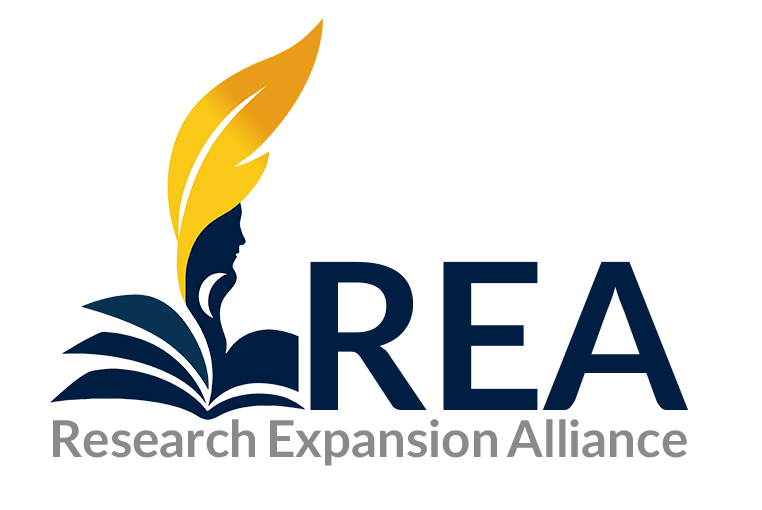How to Choose the Right Journal for Your Research Paper

Choosing the right journal for your research paper is one of the most critical steps in the publication process. A well-matched journal increases your chances of acceptance, ensures your work reaches the right audience, and can significantly boost your academic visibility. However, with thousands of journals available—ranging from traditional to open-access platforms—selecting the right one can be overwhelming. Here’s a practical guide to help you make an informed decision.
1. Define Your Research Scope and Audience
Before exploring potential journals, clarify the focus of your research and the community it aims to serve. Is your paper theoretical or applied? Does it address a global issue or a region-specific concern? Are you targeting scientists, practitioners, or policymakers? Journals often cater to distinct audiences, so aligning your paper with their scope is essential.
Tip: Read a few recent issues of potential journals to understand the kind of papers they typically publish.
2. Assess Journal Reputation and Indexing
Reputation matters in academia. Journals indexed in databases like Scopus, Web of Science, or PubMed are often seen as more credible and have higher visibility. Check the impact factor or CiteScore (if applicable), but also consider newer or niche journals if they are well-respected in your field.
Don’t overlook open-access journals—many are peer-reviewed, widely indexed, and offer faster publication timelines.
3. Review the Aims and Scope Carefully
Each journal has a specific “Aims & Scope” section on its website. This is your roadmap. Ensure your research aligns closely with the journal’s themes, methodologies, and preferred article types.
Submissions that fall outside a journal’s focus are often desk-rejected, regardless of their quality.
4. Check Author Guidelines and Submission Requirements
Author guidelines provide key details: word count limits, formatting styles, citation preferences, and more. Some journals accept only original research; others also publish reviews, short communications, or case studies. Make sure your manuscript fits their criteria.
Also, verify if the journal charges APCs (Article Processing Charges) and whether waivers are available.
5. Consider Turnaround Time and Acceptance Rates
Time is a valuable factor, especially for early-career researchers or time-sensitive studies. Look for information on average time to first decision and publication timelines. Some journals proudly publish within weeks; others may take several months.
Similarly, journals with extremely low acceptance rates may be more selective—great for prestige, but tougher for getting published.
6Avoid Predatory Journals
Be cautious of journals that promise guaranteed publication, have unclear peer-review processes, or lack editorial transparency. Predatory journals can damage your reputation and waste your research effort.
To avoid them:
- Verify if the journal is listed in DOAJ, COPE, or recognized indexing databases.
- Check the editorial board—are the members real, active academics?
- Look for clearly stated peer-review policies and ethical standards.
7. Consider Your Long-Term Goals
Where you publish can impact funding opportunities, academic promotion, and future collaborations. A publication in a well-regarded journal aligned with your field can open new doors. Choose a journal not just for today—but for your academic future.
Final Thoughts
Finding the right journal isn’t just about ticking boxes—it’s about strategic positioning. Taking the time to research your options, assess fit, and avoid common pitfalls can make the difference between rejection and a successful, impactful publication.
At REA Press, we’re committed to supporting authors at every stage of the publishing journey. Explore our journal portfolio and discover where your research belongs.

